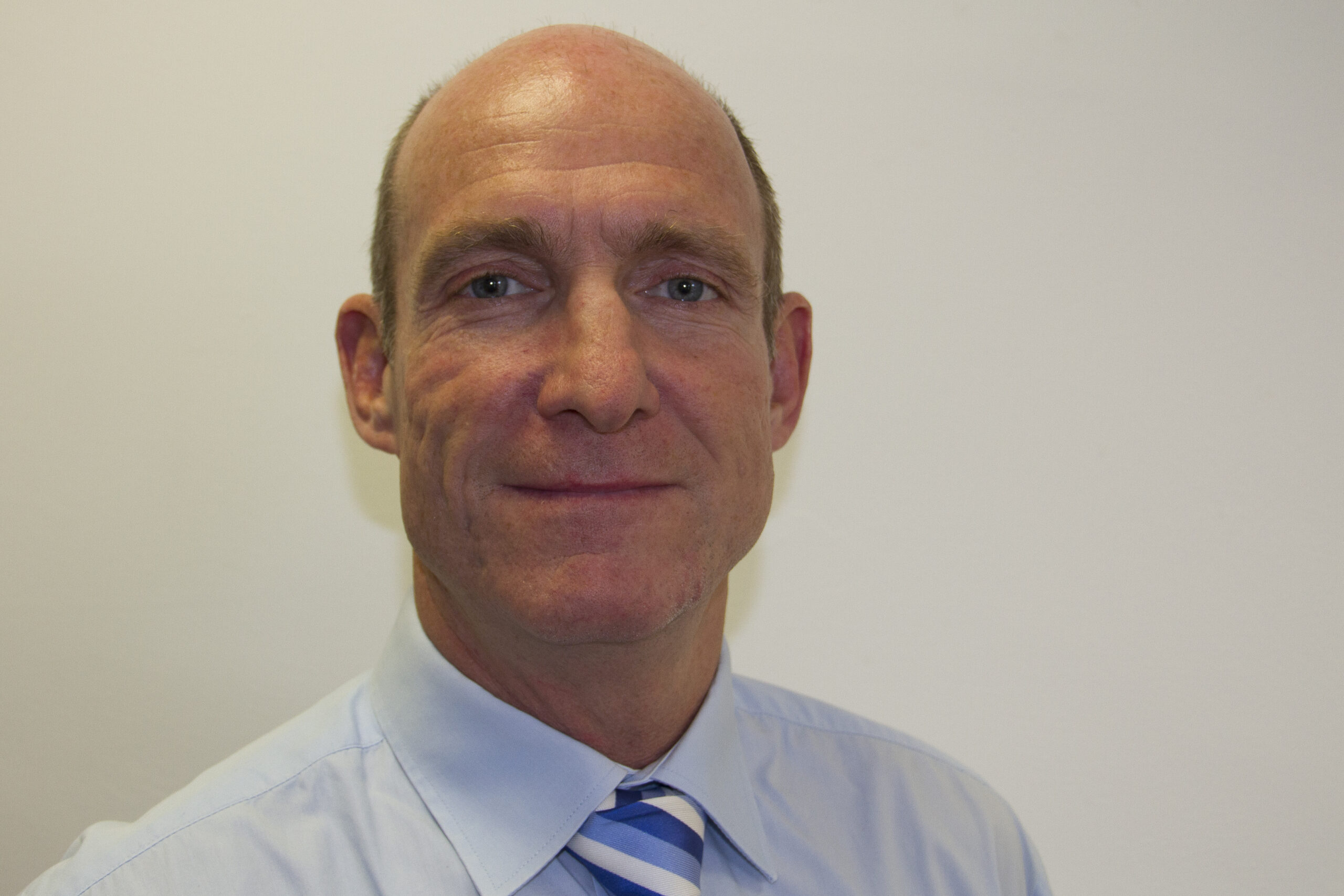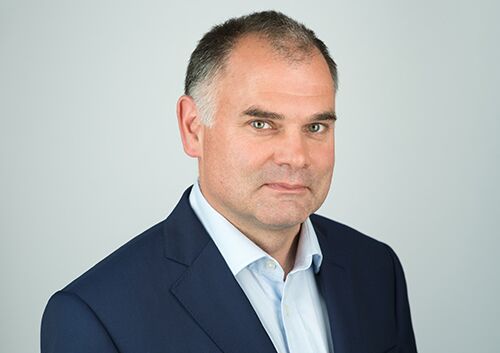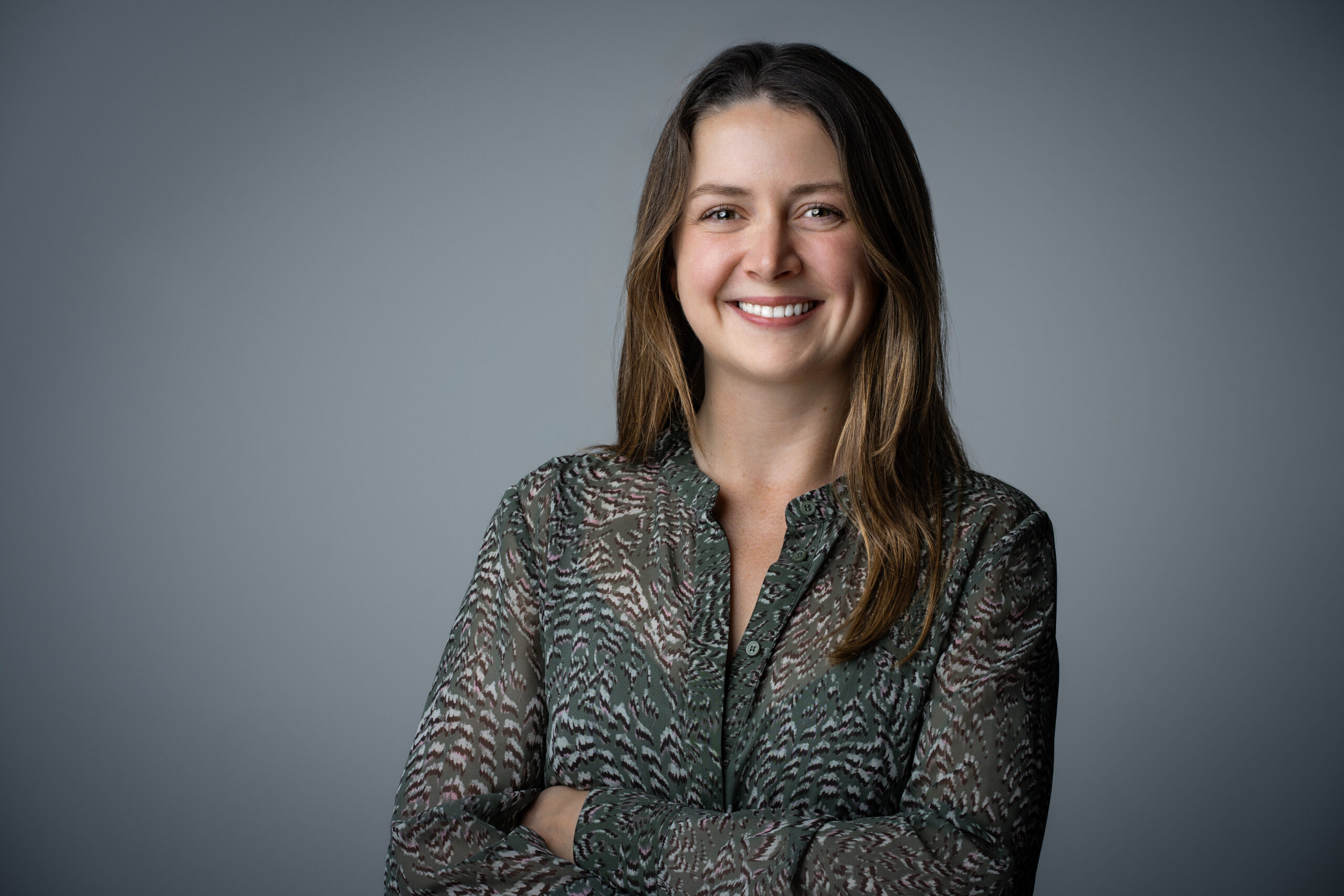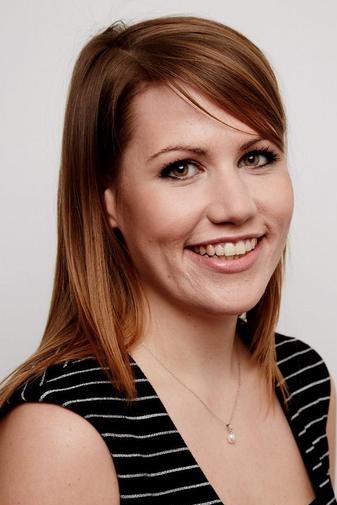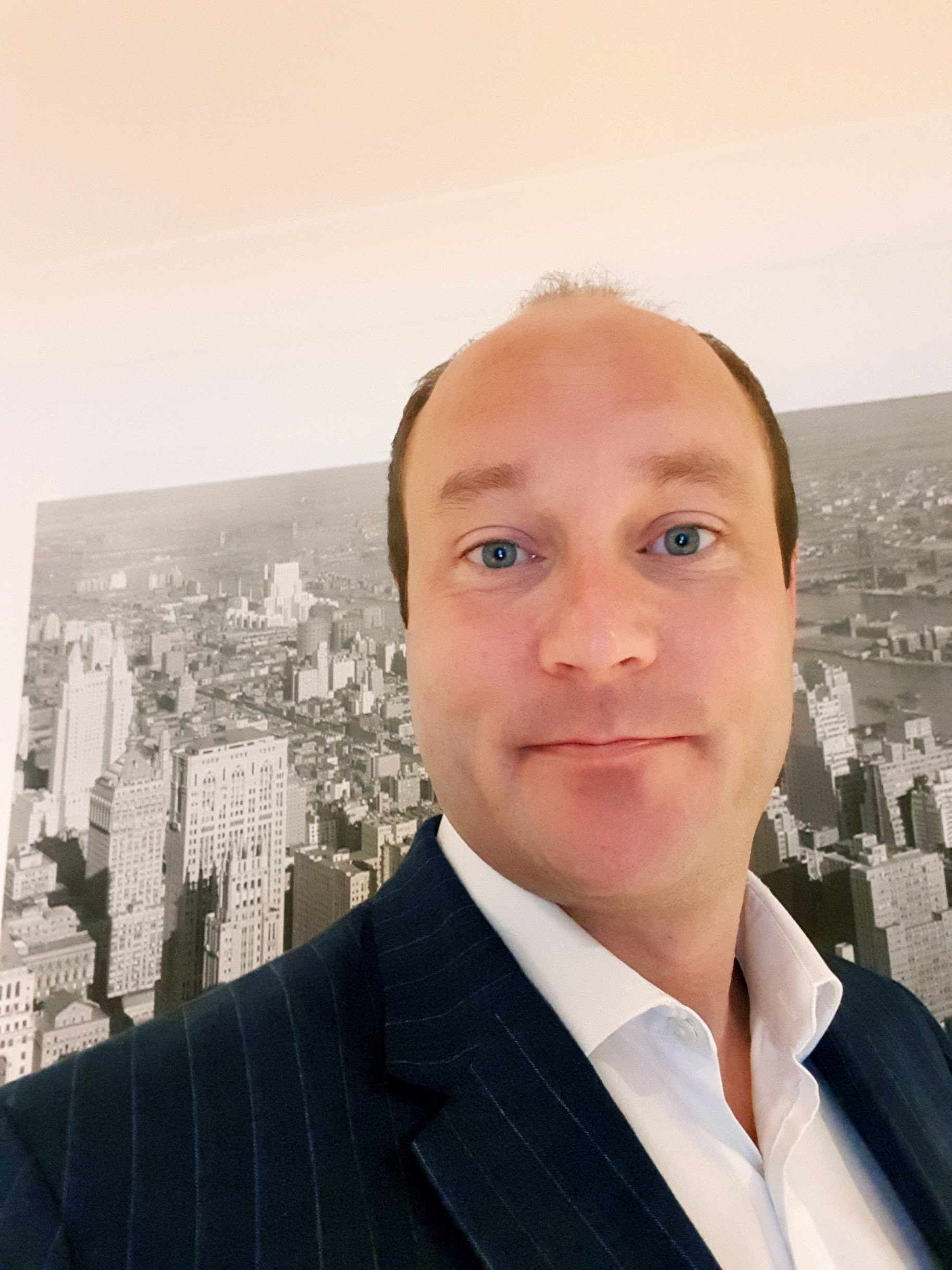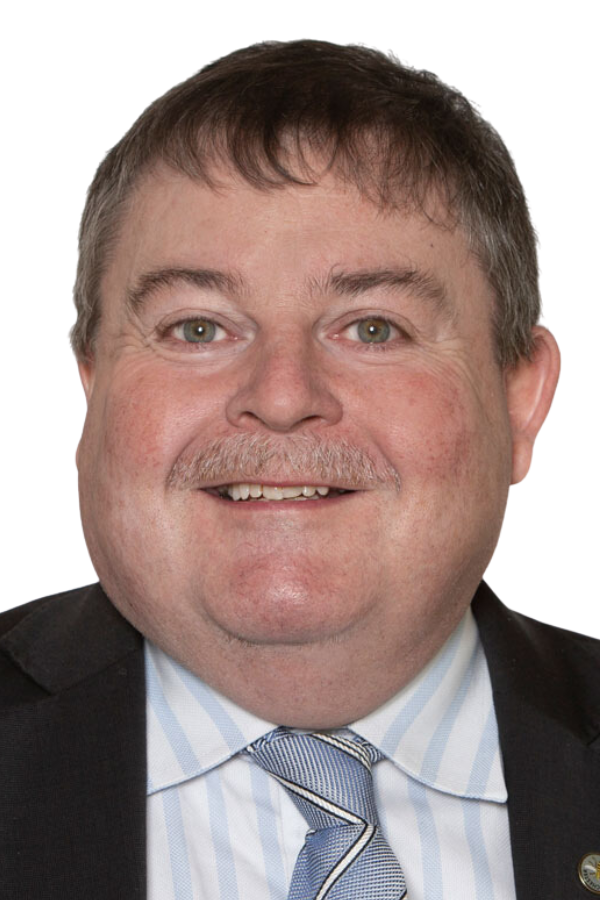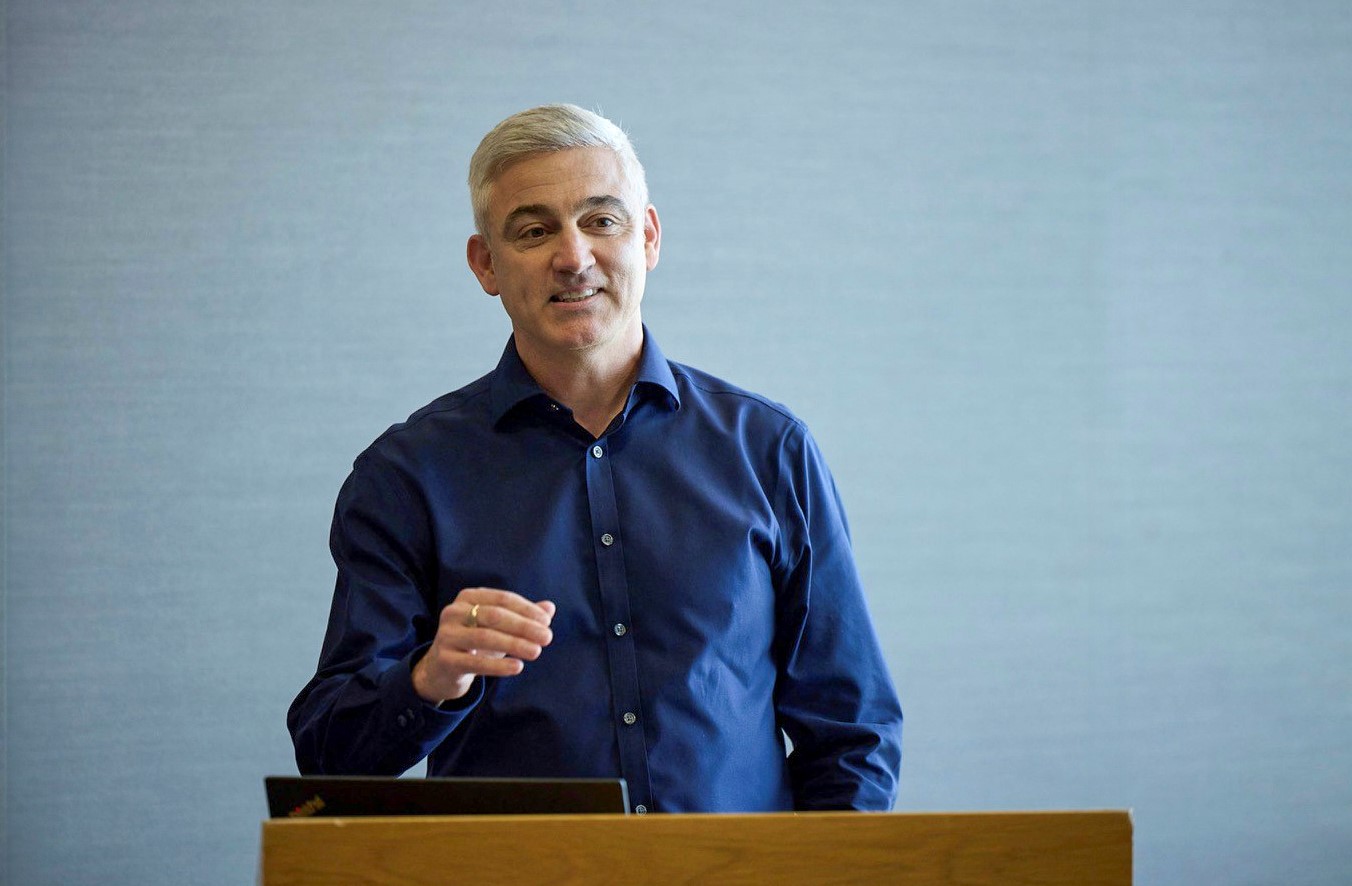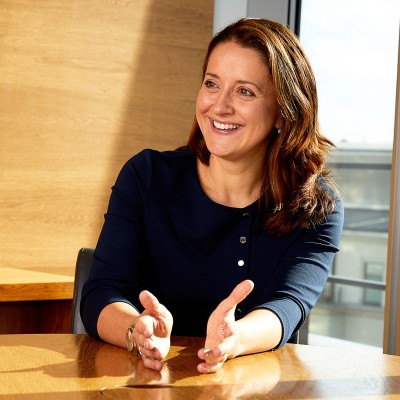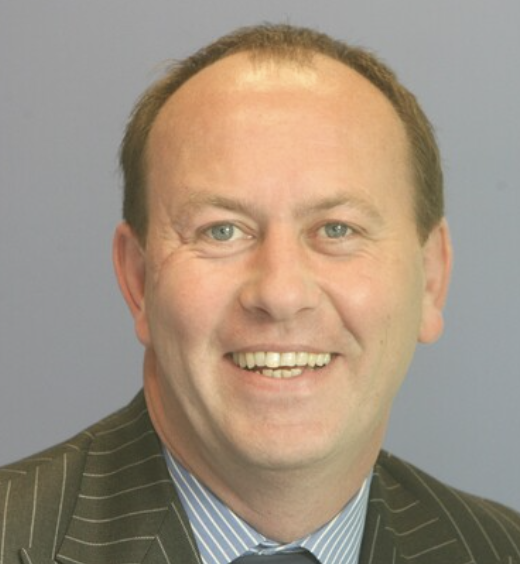The future of protection – A conversation with Peter Hamilton and Paul Yates

The protection market has possibly never been under greater scrutiny. The FCA’s forthcoming market study is, understandably, attracting huge attention and focus.
Paul Yates spoke to Zurich’s Peter Hamilton to reflect on this, amongst the market’s other hot talking points.
Paul: Looking ahead to the next 12 months, we’re hopeful about the future of protection, but there are uncertainties.
The FCA’s review of the market could have a significant impact, but what’s your take on how it will influence the profile of protection?
Peter: It depends on who you’re talking about.
For customers, I don’t think the review will make much difference. They’re unlikely to be aware of what’s happening—unless it’s something that hits the national press, which is unlikely. The real opportunity might be with advisers who typically don’t focus on protection.
My fear is that some might be put off by the headlines of an investigation into the market, thinking it’s a reason not to get involved. The key here will be how we, as an industry, present the review.
I think we need to welcome it, as it’s an area that has been largely unaddressed. The review is a rare opportunity to address challenges we might otherwise shy away from due to competition laws.
Paul: You raise an interesting point. The protection market feels a bit like a closed system at times, doesn’t it?
It’s heavily focused on two channels—’bolt-on’ sales alongside mortgages or via IFAs conducting fuller financial reviews. Then, there’s the smaller number of advisers, but important segment of professional protection writers. Do you think the market is working as it should?
Peter: When I started in this industry over 40 years ago, the numbers of people involved in selling protection were vast.
The reduction in advisers hasn’t led to a proportional decrease in sales, which speaks to the resilience of those firms that have stayed. But yes, if you compare protection to other markets—like motor insurance, where 63% is sold direct—it highlights how different protection is. People are
just not compelled to buy life insurance the way they are with car insurance. It’s the nature of the product. But there’s an opportunity here for advisers to do more to educate people about why protection is so vital.
Paul: It’s definitely a product that doesn’t come with the same urgency as something like pet insurance, where people are more willing to talk about it. Do you think that’s part of the issue? People don’t want to talk about death or illness.
Peter: Yes, it’s a lot easier to talk about pet insurance because people love their pets and the topic itself is happier.
You don’t hear people casually talking about the financial impact of being unable to work due to illness. But the reality is, if people understood the financial implications—if they truly grasped how much protection could mean for their families—they’d view it differently.
Paul: But what about the long-term nature of protection products Peter?
In today’s world, where consumers are more short-term oriented, is it harder to get them to commit to something that lasts 10, 15, or even 25 years?
Peter: Paul, you’re spot on.
A younger generation’s financial horizon is typically one month to the next, so there’s a disconnect when they look at long-term protection products. But these products offer great value for consumers. In countries like Australia, they don’t offer the same kind of guaranteed long-term policies we have here. In fact, most places don’t offer such low premiums for such comprehensive cover.
We have a fantastic deal, and that’s something we need to make clearer to consumers.
Paul: Exactly, Peter.
It’s the nature of the product, but people just don’t engage with it regularly. Firms don’t always provide the kind of annual updates or reminders they should. It makes people forget about it until they need it.
Peter: That’s true, Paul.
I have policies with companies that I haven’t heard from in years. It’s not necessarily their fault, though—part of it’s on me for not updating my contact details. But insurers need to find better ways to keep their customers engaged and
remind them of the value they have. There’s a fear that if you remind customers too often, they’ll just cancel, but if they don’t understand the value, they’ll cancel anyway.
Paul: Let’s talk about the remuneration model.
You’ve seen the changes in other markets, like in Australia, where a drastic reduction in initial commission caused a massive drop in advisers. Could something similar happen here?
Peter: That’s a great point.
The Australian model definitely had some unintended consequences. When they cut initial commission, many advisers found it no longer made financial sense to sell protection. The result? A drastic drop in the number of advisers selling protection, and the market is now dominated by a handful of firms.
We need to be careful not to repeat that mistake here. The balance between initial and ongoing commission needs to be right, especially if we want to encourage annual reviews with clients.
Paul: So Peter, how do we get to those who are underserved?
We need to reach the younger generation, the self- employed, and renters. Right now, they’re often forgotten.
Peter: Yes, absolutely Paul.
Renters in particular is a tough group to reach. Many cancel their policies once their rental agreement ends because they don’t see the need to continue. There’s a big opportunity here, though, to create products that are flexible enough for them, products that can be carried across different living situations. The traditional mortgage-linked approach just doesn’t work for them.
Paul: What about the role of digital platforms?
With the rise of TikTok and Instagram, could social media be the answer to reaching these younger audiences?
Peter: It’s a fascinating challenge.
The younger generation isn’t engaging with traditional media like TV ads. They’re using platforms like TikTok, where they’re getting their information from influencers rather than traditional brands. The real opportunity is figuring out how to create a message that resonates with them.
Just putting life insurance on TikTok might not work. It’s all about the process—making the buying process easier and more accessible. If we can make protection something they think about early in life, and make it a regular part of the conversation, that’s when we can make a real difference.
Paul: It’s all about making protection relevant and accessible, in ways that speak to the way people live their lives now.
Peter: That’s spot on Paul.
And that’s something the industry needs to tackle. It’s not about reinventing the wheel, but about refining our approach to meet the demands of a changing market. Oh
As the conversation wrapped up, both Peter and Paul agreed that while the protection market faces challenges, the FCA’s review provides a vital opportunity to modernize and better serve customers.
The key lies in creating a more flexible, engaging, and accessible model that resonates with a broader audience, especially younger generations. With a shift in strategy, the future of protection insurance could, and perhaps should, be bright.


